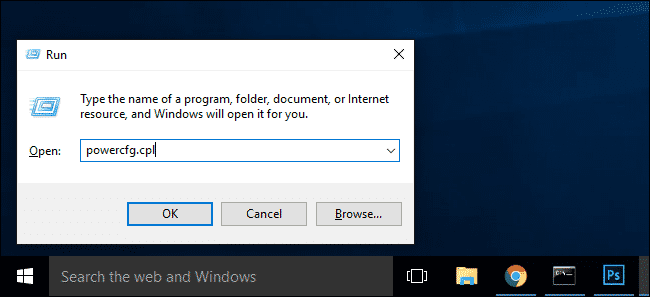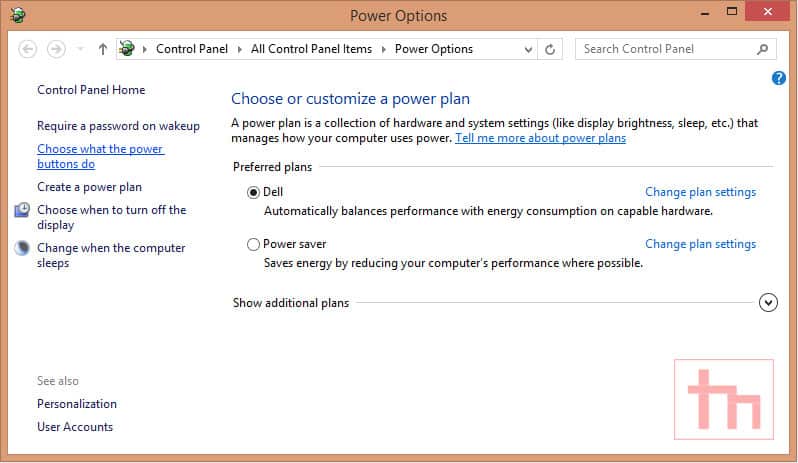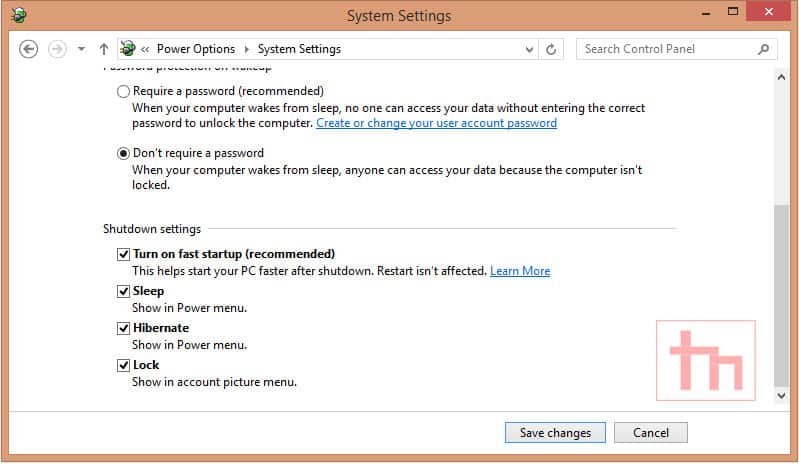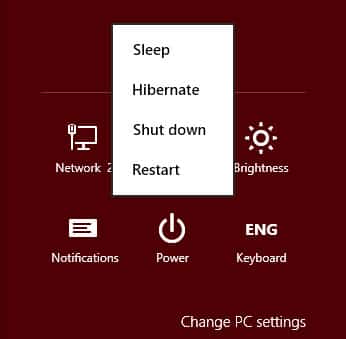Hibernation is a power-saving mode that your Windows PC can enter when not in use. It is a state in which the Windows PC saves its current state and shuts down so that it no longer consumes power. The most striking thing about the hibernation process is that when the PC is turned on again, all open files and programs are restored to the same state they were before the hibernation was effected.
If you are a Windows 8 or 10 PC user one thing you may have noticed is that the Power menu, when you finally reach it, has no Hibernation option. The only available options are Sleep, Shut down, or Restart. Why it is not visible by default on the Power menu is outside the scope of this write-up.
Gratefully, it is fairly simple to enable the very valuable Hibernate option on either the Windows 8 or 10 PC.
Enabling the Hibernate Option in Windows 8 and 10
- Access your system’s power settings. You can do this any number of ways but this is my preferred method: In Windows 8, press Windows+I to pull up the Settings menu, then select Control Panel and then Power Options. Windows 10 users may also press Windows+I, but instead, select System, then Power and Sleep from the left-hand navigation panel, and finally Additional power settings at the bottom of the Power and Sleep menu. It is far more efficient in both versions of Windows, however, to simply press WIN+R to pull up the run dialog box, then type “powercfg.cpl”, and press enter. This command is a direct shortcut to the Power Options menu. From here onward, the steps are identical for both operating systems.

- Click Choose what the power buttons do.

- Click Change settings that are currently unavailable.

- Scroll down to the bottom of that window to find the Shutdown settings section and then click the box next to Hibernate to enable the option.

- Finally, click on Save settings and you will now find the Hibernate option under the Power menu on Start or Win+X menu.

Now, when you go to power down your Windows 8 or 10 PC, you will see the Hibernate option among the list of choices. Interestingly, in that same System Settings window (step 3), you can choose Hibernate for any of the Power and Sleep button settings options. In other words, if you want your system to hibernate when you press the power button or close the lid, this is where you can configure that setting.
